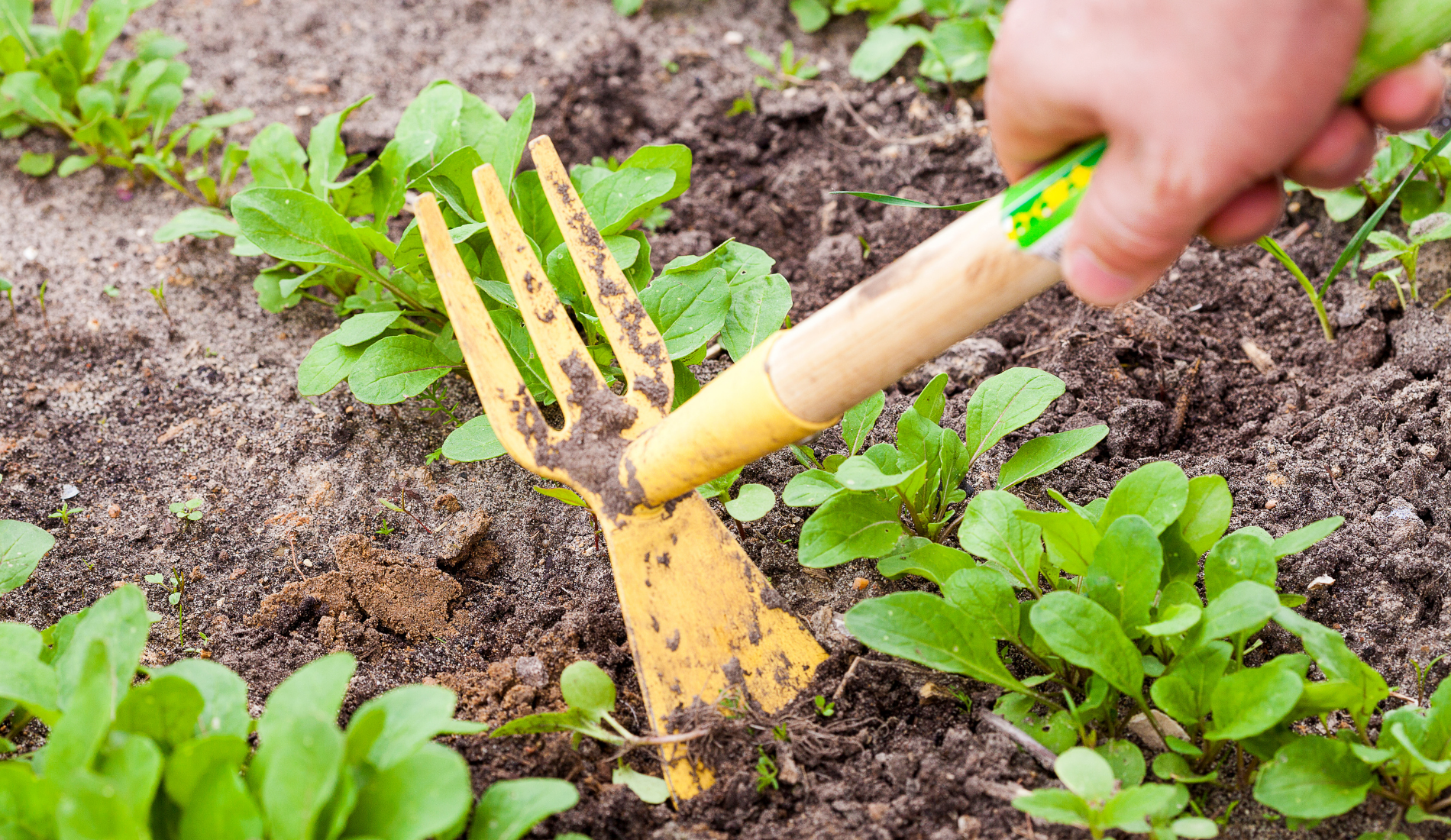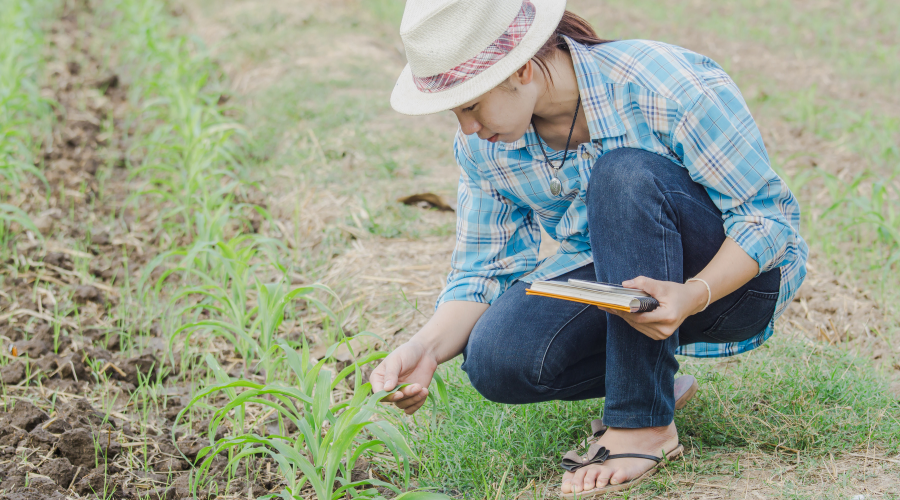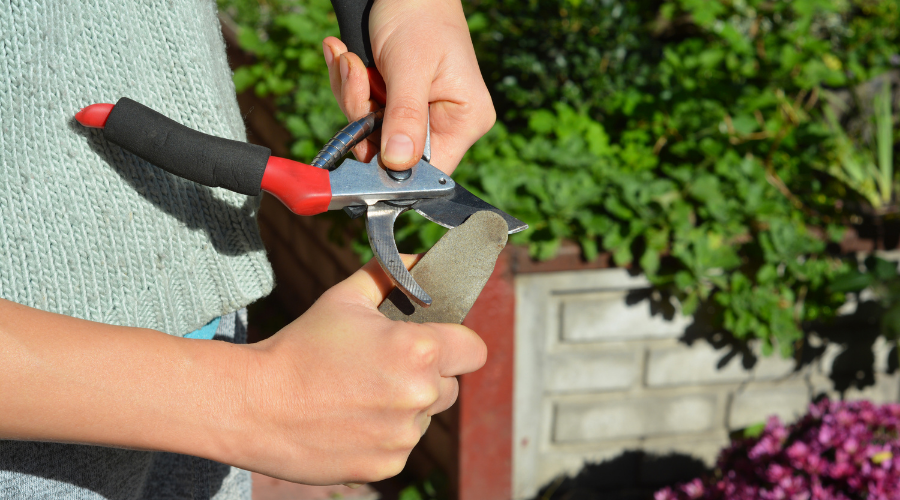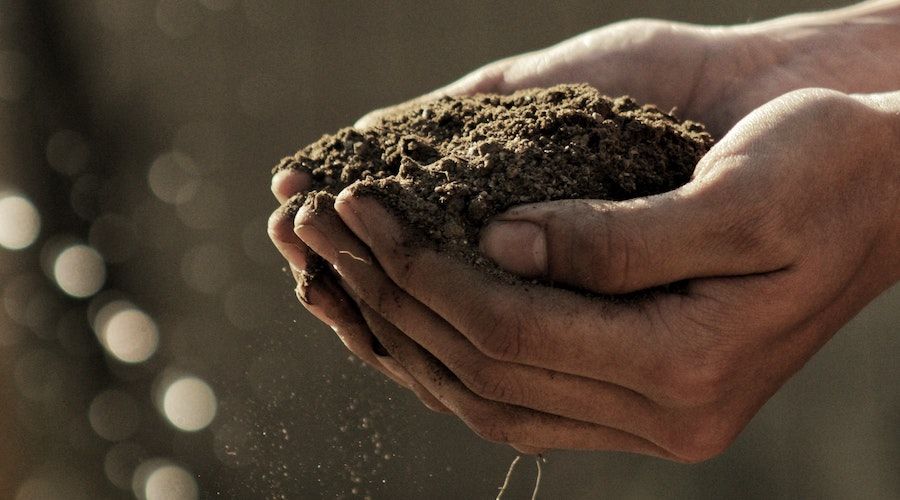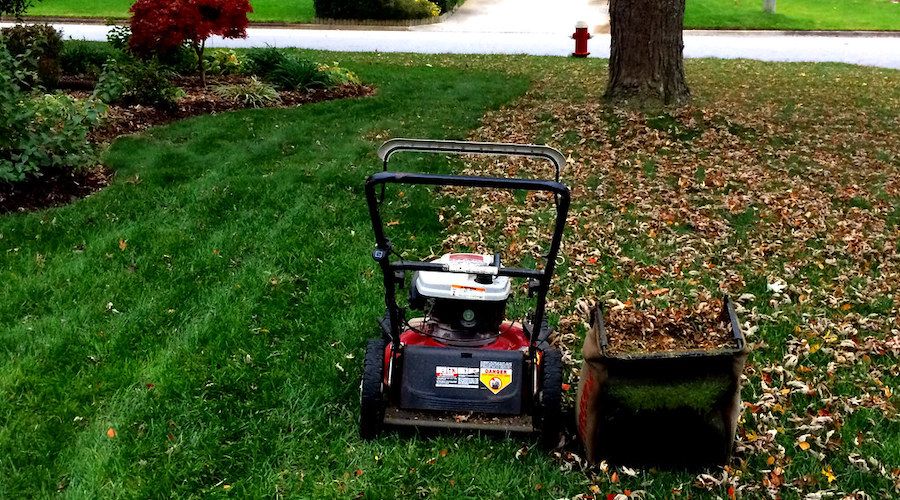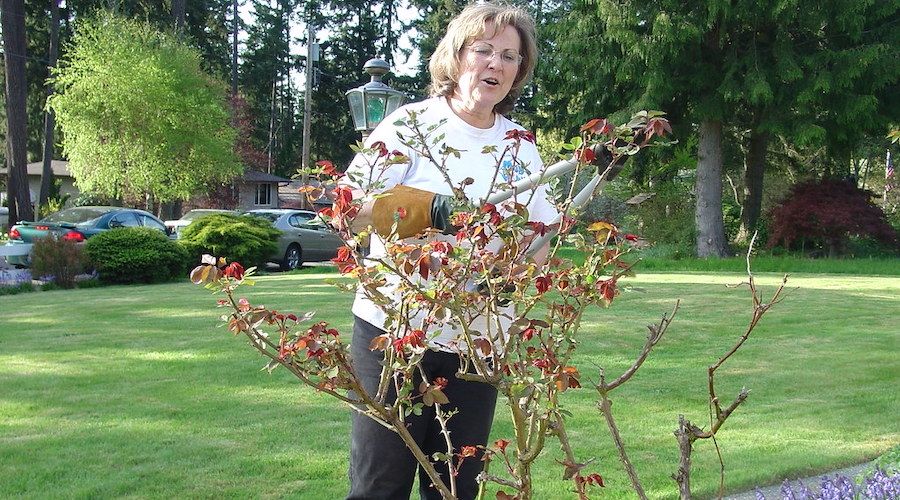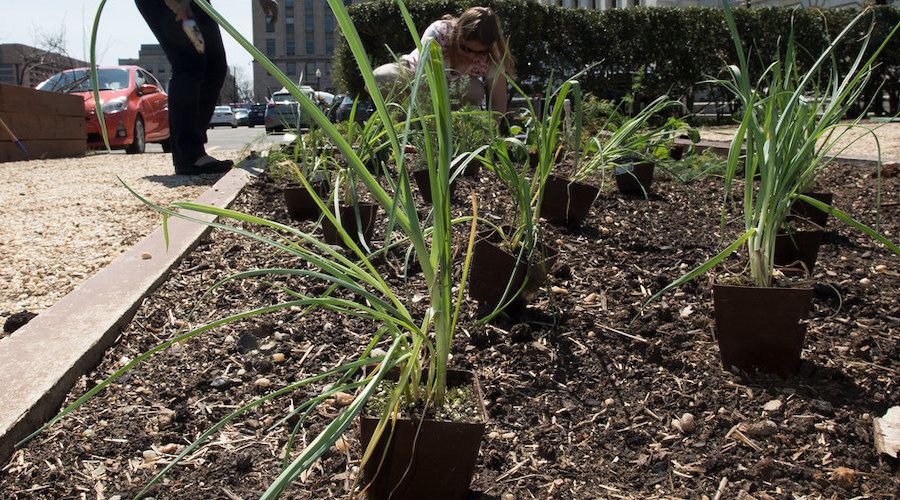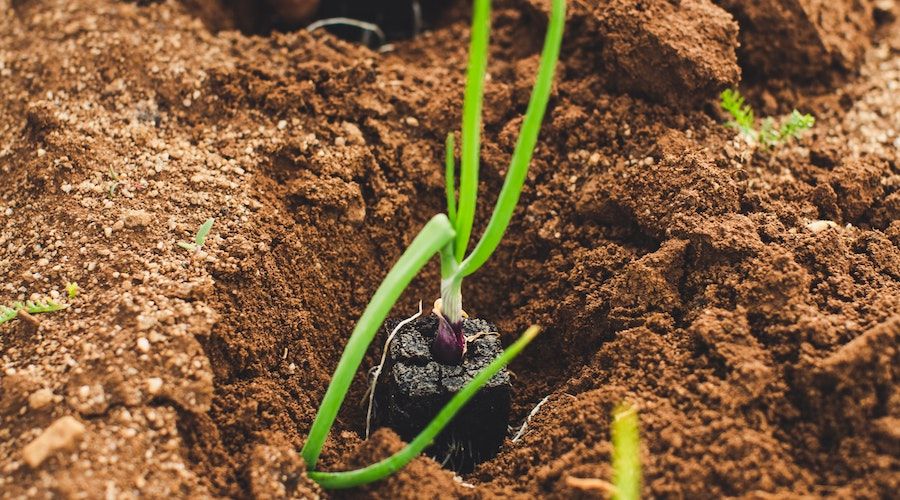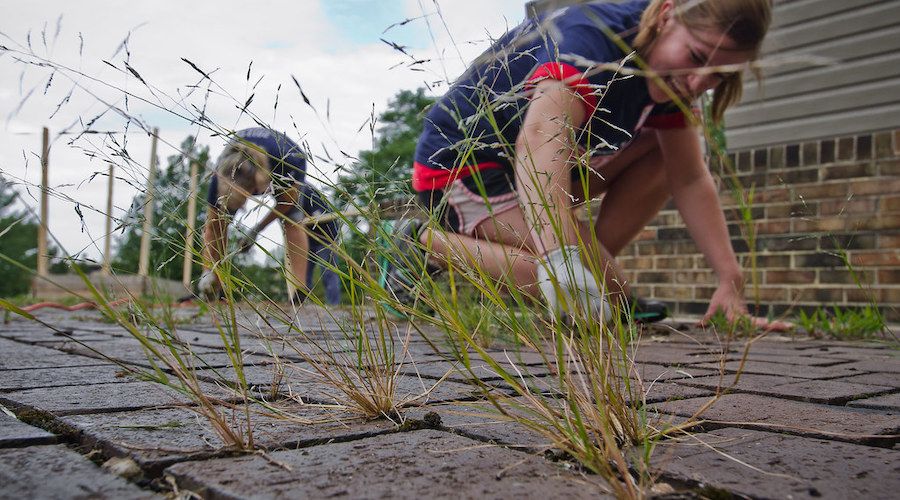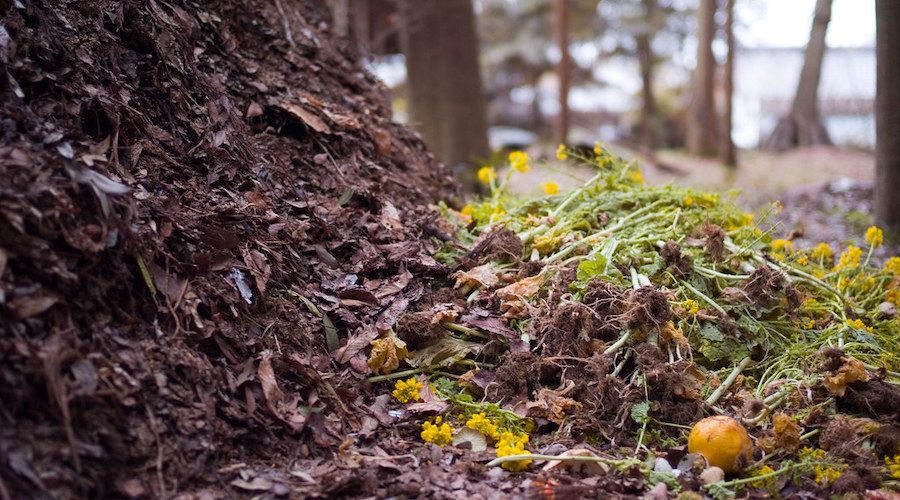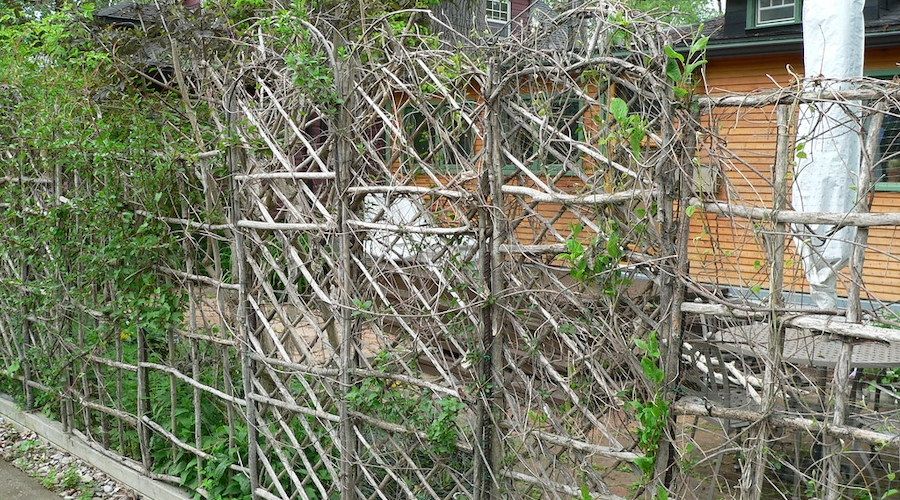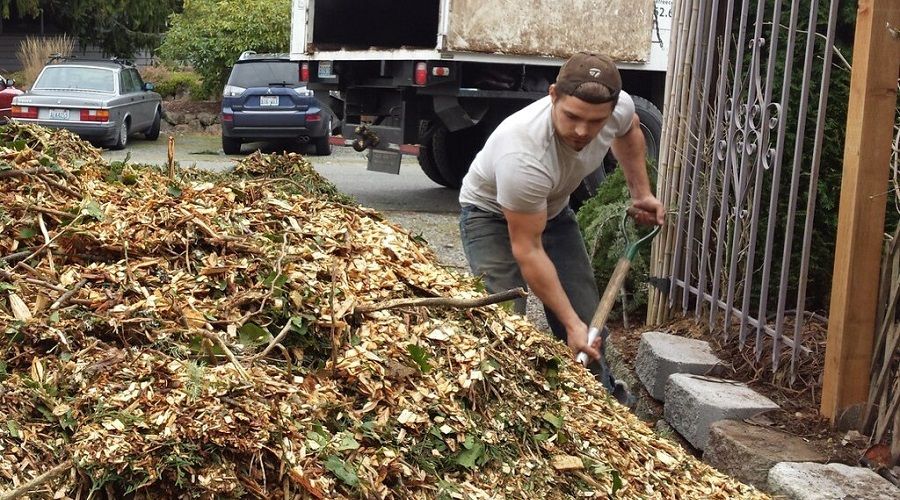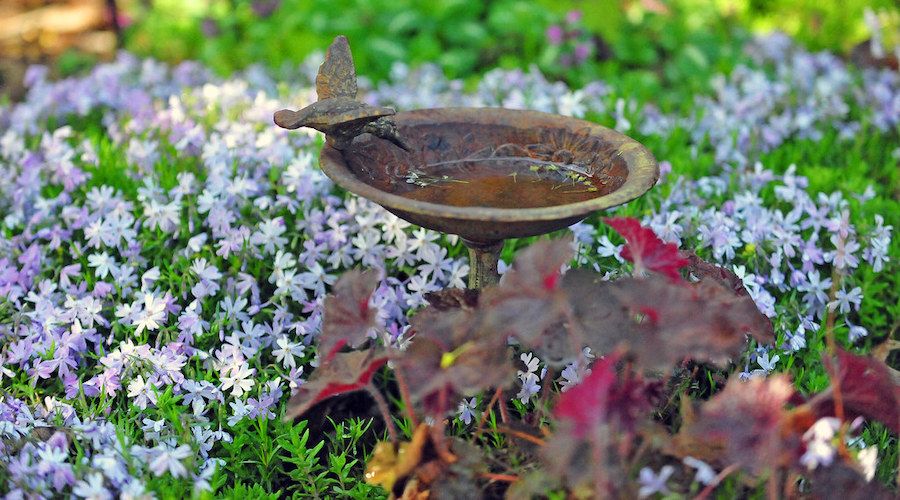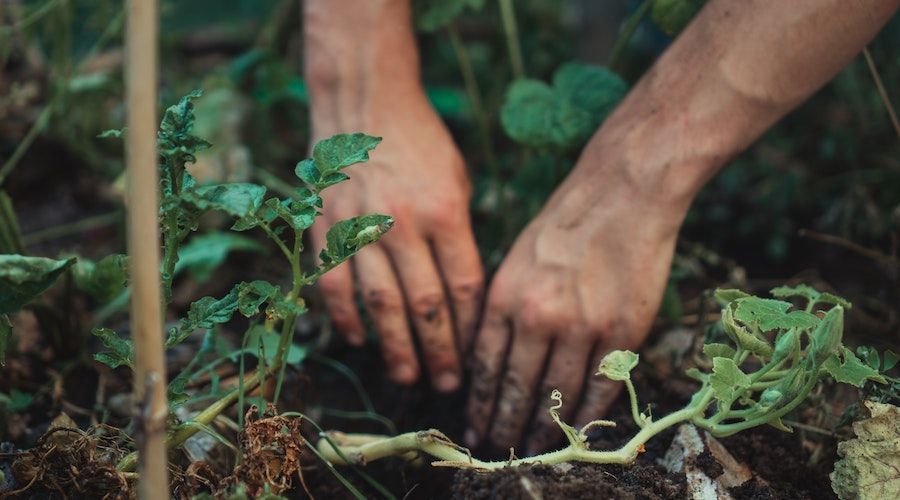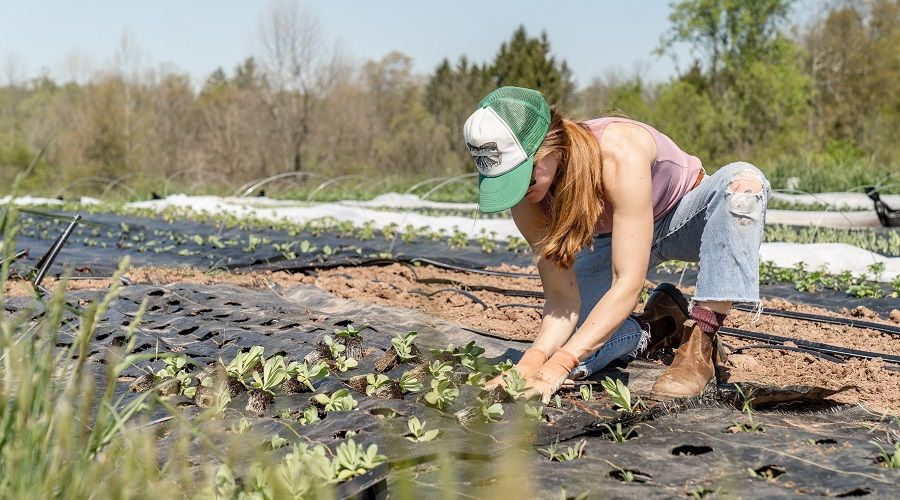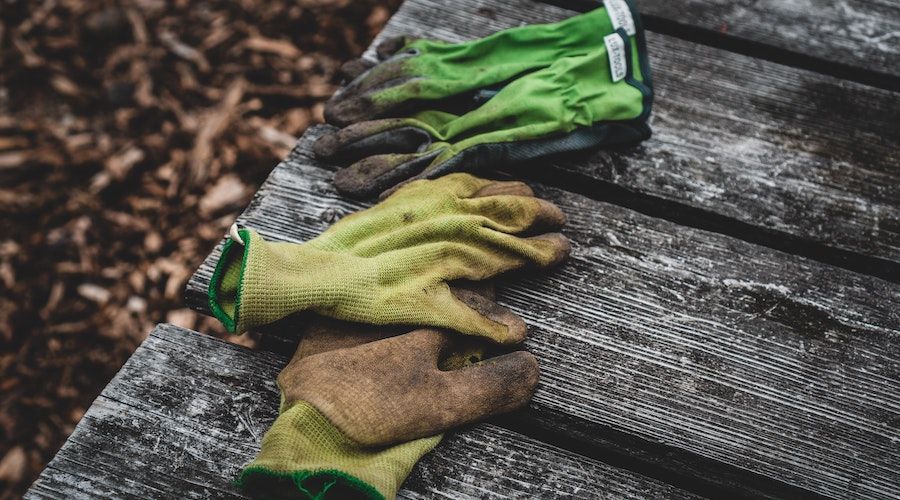Spring is the season when you will occupy your garden more than any other time of the year. After being stuck inside the house all winter, you will undoubtedly have more than enough energy to get your spring gardening started. Springtime will demand that we prepare our gardens, make repairs, and start the season off right with all the preliminary tasks that need to be accomplished. As the old saying goes: “There’s always something left to do, you’re just not looking hard enough”!
While spring is full of wondrous growth and an enhanced mood for all who experience it, springtime can also be very task-driven and will beckon for your undivided attention about caring for your plants. It is a totally reasonable proposition, given the love we have for our sun-drenched chlorophyll children. But once you start to realize how much work it takes for thrivation to happen, it will all make sense why nature is so unbelievably beautiful.
15 Essential Spring Gardening Tasks
1. Spring Inspection
Image credits: lamyai via Canva
Once the warm days have been plentiful and the garden insects start to wake up, it is in your best interest to grab a notepad and go directly to your garden. There are numerous things to be conscious of before the full-blown season begins, so be mindful of any garden beds that need to be cleared or animal damage that has occurred over the last few months. There may also be a substantial amount of plants damaged by ice or snow, which will need to be tended to early on in your springtime routine.
2. Give Your Tools Some Attention
Image credits: Lex20 via Canva
Making sure that your selection of garden tools is sharp and rust-free will be a godsend once you start getting to the dirty work of spring gardening. Towards the end of last season, you should have already packed up your seeds and stored all your tools in safe places. But things like your wooden handles, for example, will work exponentially better if they are properly cleaned, sanded, and layered with linseed oil. You should also create a list of the few items beyond repair or finished from last season.
3. Test Your Garden's Soil
Image credits: Gabriel Jimenez via Unsplash
While the professionals say that you should test your soil a minimum of every three years, when it becomes your turn, make sure you are testing during the spring season. Essentially, you want to find out which nutrients are present in the soil and which organic elements need to be re-added. For instance, if your soil is low on phosphorus, you know that fertilizer will be needed before the care process begins.
4. Refresh the Lawn
Image credits: byzantiumbooks via Creative Commons
If you have beautiful grass that grows somewhere around your home, now is the time to focus on your turf. Make sure your lawnmower and leaf blower are calibrated correctly and then proceed to chop down the high grass. Mowing helps keep your lawn well-manicured. If you have a few plots or patches that need to be reseeded, make sure to identify them first beforehand.
5. Take Care of the Roses
Image credits: robinsan via Creative Commons
If you live in an area where the climate is warm enough to sprout roses year-round, the springtime is the perfect time to prune and remove the extra leaves that grow around rose vines. However, if you live in a climate where roses go dormant for the winter, you should begin your rose upkeep projects just as the leaf buds start to expand. Here are a few tips for pruning roses without harming your plants.
6. Separate Perennials and Relocated Shrubbery
Image credits: USDAgov via Creative Commons
Mostly during the beginning stages of spring, any perennial transplant you have present in your garden that has outgrown its space should be moved to a more reasonable area. The rule of thumb is to move summer and fall blooming perennials during the spring and spring-blooming perennials in the fall. Evergreen shrubs are also nominated for the opportunity to be transplanted during early spring without messing up their blooming cycle for the year.
7. Plant Your Container-Grown Plants
Image credits: Markus Spiske via Unsplash
In addition to separating your perennials and shrubbery, early spring is also the time to bring your potted plants out into the garden. We recommend planting your potted transplants anytime during the growing season. However, avoid the midsummer heat at all costs. Be sure to water them efficiently before and after they are planted into the soil.
8. Start Weeding
Image credits: USDAgov via Creative Commons
The dawn of a new spring season is the perfect time to get the weeds out of your garden. A pro-tip is to wet the soil beforehand, as it is easier to extract the weed seedlings out of the moist ground. While there are many options on the internet that help mitigate weed growth, pulling them directly from the ground will work for the moment.
9. Create a Compost
Image credits: Joi via Creative Commons
The majority of what you trim, cut, and clean throughout your spring gardening routine can go into your compost bin. Composting is great for your garden! If you did it correctly, last season's compost pile should be nice and ready to be utilized, and this season's compost should be flipped for next season. The only caution you will need to adhere to is to remove any diseased seed heads and DO NOT compost the weeds you have pulled, as they will do nothing but grow back once you’ve introduced them back into the environment.
10. Put Out or Replace Trellises and Stakes
Image credits: In Memoriam: sa_ku_ra via Creative Commons
For those who are new to spring gardening or are simply unaware of the term, a “trellis” is typically a wooden fixture that assists with the vertical growth of your plants. They should be stored after every spring season, but in milder locations, it may not be a bad idea to tend to it all year round. The most important thing is to make sure it is sturdy and presentable because the last thing you want to do is have to replace your trellis in the middle of spring when everything has found a home around it.
11. Mulching
Image Credit: Wonderlane via Creative Commons
Mulch is a multifaceted asset in everyone's gardens and should be added to your spring gardening regiment. First and foremost, mulch helps to trap water within the soil, feeds the soil a nutrient-dense diet, and cools down the plant’s roots. Mulch is also a great way to suffocate weeds you may have by blocking them from their absorption of the sun. Here's an article that details everything you need to know about mulching.
12. Replenish Birds Feeders and Bird Baths
Image credits: warriorwoman531 via Creative Commons
Our feathered friends are very much a part of our symbiotic atmosphere. Once spring comes along, it’s nice to clean out the birdbaths and replace the old water with a fresh, clean, and filtered variety. The same goes with the bird feeders. Make sure each bird feeder is full of fresh bird seeds, and watch as our winged family members come back to enjoy the amenities. Birdwatching comes with benefits, so take advantage of spring by kicking back a little!
13. Fill in the Gaps
Image credits: Jonathan Kemper via Unsplash
If you notice that there are a few bare parts of your garden or animals dug up a few flower patches, it is in your best interest to plant new seeds in those areas. While the functionality of your garden doesn’t necessarily reside in its beauty, it is always a good idea to utilize as much space as you can without crowding your plants. Finding gaps will also give you the chance to incorporate a few new seeds into your garden and expand the life-giving source that you have curated!
14. Be Aware of Flash Freezes and Incoming Cold Temperatures
Image credits: Zoe Schaeffer via Unsplash
If late spring freezes and frosts apply to your geographic location, be prepared to cover any plants that have started their budding process. Something as simple as an old rag is a decent choice to cover the buds, but ordering a professional cover will always be the tried-and-true method. Be sure to understand the level of fragility your plants have before you make the mistake of covering a plant and then uncovering the truth that you ruined its process entirely.
15. Be Safe!
Image credits: Jonathan Kemper via Unsplash
While springtime gardening is the bees' knees, we can sometimes become so focused on the garden that we lose focus of our safety. Wearing the proper attire, staying hydrated, and being extremely careful with sharp gardening tools is just the beginning of a precautionary attitude. Too often do we mindlessly slip or trip in the garden, so understanding each piece of equipment to a “T” and operating it with attentive intent will save you the hassle of seeing your doctor.
In Summary
The spring season is an amazing time of the year and a fan favorite for those who enjoy being in the garden. Springtime is fling time between you and your plants and can be the most influential piece of our earthly experience.
Whether you are growing crops that will be used during the colder months or simply creating an ambiance between you and nature, the art of gardening is a profound task and should be treated as such.
While this list has a good portion of the essential acts of spring gardening, you need to understand your garden wholeheartedly and then give it exactly what it needs to be great.

